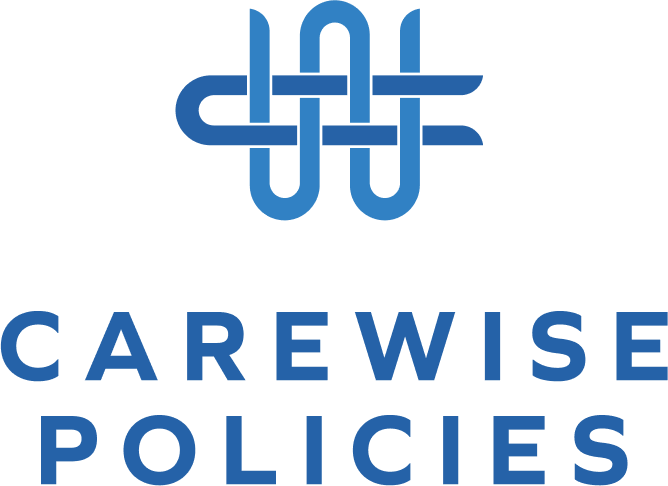- January 3, 2025
- Posted by: Hazem Elgazzar
- Categories: Blogs, Uncategorized

Hybrid Approach
Ways of Policies Development
The hybrid approach to policy development is a flexible process that combines elements of both the top-down and bottom-up. It allows for leadership guidance and strategic alignment while also incorporating input and feedback from frontline staff who are involved in achieving the mission. This adaptable design is intended to balance the need for high-level regulatory compliance with the experience of employees. In this approach, the leadership team sets the initial framework. They define the overall priorities and scope of the policy. For instance, hospital leadership may identify the urgency for a policy about patient safety. After the framework is set, input is collected from employees who are directly impacted by the policy, such as doctors and nurses who handle day-to-day operations.After gathering feedback, the policy is refined to address any gaps. Once revisions are made, the final policy is submitted to leadership for approval. The hybrid approach allows for continuous feedback and reviews, which make it easier to adapt to changing conditions, such as new medical technologies. This reassures us that the policy can evolve with the healthcare environment. By combining top-down guidance with bottom-up input, the hybrid approach ensures that policies are aligned with goals and for daily use. Merging leadership’s vision along with employees’ experience, this approach can result in policies that directly improve patient safety and outcomes. But sometimes it may be difficult to balance leadership’s strategic priorities with the practical concerns of employees. Ensuring that both perspectives are fully considered without compromising the effectiveness of the policy can be challenging.
